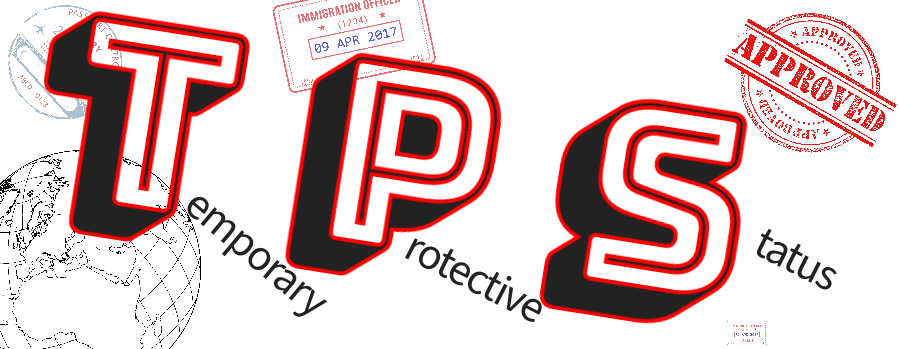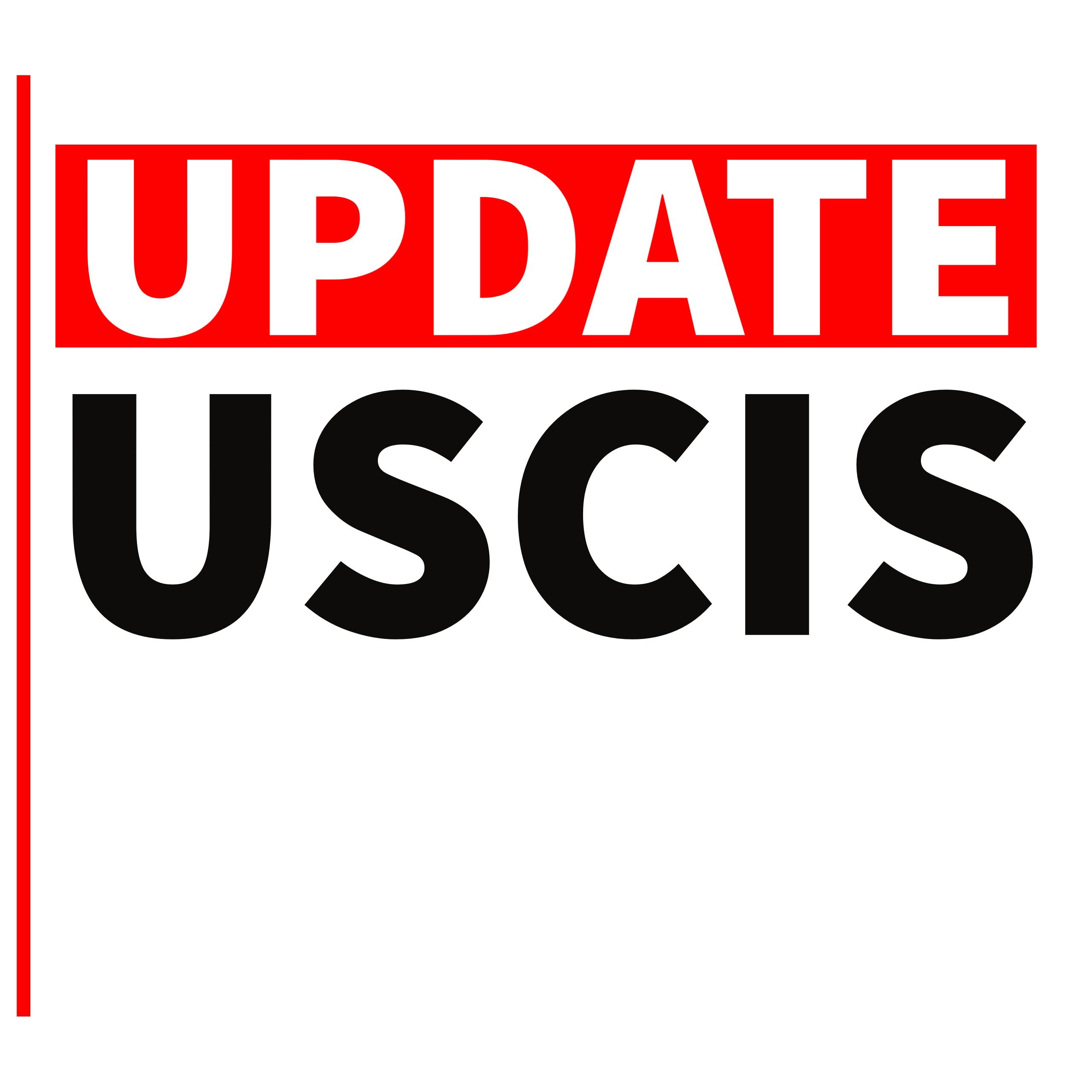Naturalization Civics Exam
The Naturalization Civics Examination The civics examination is part of the naturalization interview process and it is legally required in order to obtain US citizenship (unless you are exempt for medical reasons). The civics portion of the naturalization test is an oral examination that will test your knowledge of basic US history (who was the first president), the procedures of government and legal system (who can vote), and important aspects of the political system/structure (like number of members of the Senate). Learn about the civics exam for your naturalization interview at USCIS and how you can prepare for it. You can even take a practice test, or five. GENERAL INFORMATION Structure of the Exam You will receive an interview notice with a date, time, and location for you to appear at USCIS Field Office to present documents, answer questions, and do the English and Civics tests. The USCIS officer will ask you up to 10 questions from the list of 100 civics test questions. You must answer 6 questions correctly to pass the civics test. If you are only asked six questions then you got all six right. If you are asked less than 10 questions then you know you passed. If you don’t pass the civics test then you will be given an opportunity try again at another interview that will be rescheduled by mail (learn about that here). English The English test is a separate part of the naturalization interview process. You must take the civics examination even if you are exempt from the English test, however, you may be permitted to take the civics examination in your native language if you are exempt from the English requirement. If you are not exempt from the English test then you will have to take the civics examination in English. There are also the 65/20 special considerations, which use these questions. Learn more about applying for an exemption from the English test and requesting the use of an interpreter for other portions of the naturalization interview. Medical You can apply for a medical disability exemption by filing this Form N-648 WITH your N-400 application. STUDY GUIDE The Government’s weird study guide for the test that they call “A More Perfect Union” can be found online on the USCIS website. NATURALIZATION CIVICS EXAM QUESTIONS All 100 Civics Questions in English All 100 questions in Spanish 100 Preguntas y Respuestas de Educación Cívica All 100 questions in Chinese PRACTICE CITIZENSHIP EXAM Take a practice civics test online to see if you are ready for your USCIS naturalization interview so you don’t delay getting U.S. citizenship. You can take several different citizenship practice tests here as well. A PRACTICE TESTA SECOND PRACTICE TESTA THIRD PRACTICE TEST External Links Notice I’d note that these practice tests are easy to access and seem to be accurate from wheat I’ve seen, but, they are not from the official USCIS.gov website or any other U.S. Government agency or non-profit so be careful.




